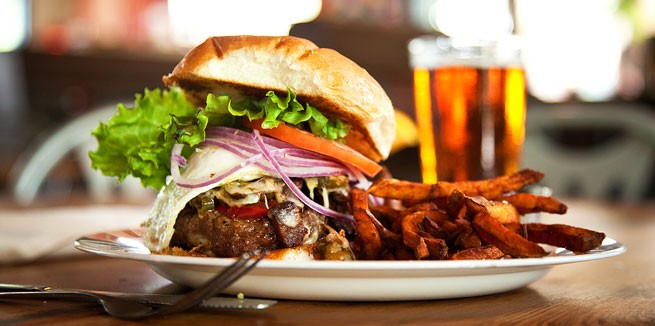More Posts
- The Non-Toxic Way – Spring Cleaning
- Mammograms: New 25-Year Study Questions Them
- Cultivating Failure Might Improve Your Weight
- FDA Denies Hope For Dying Kids, And Other Abuses Waged Against Families Struggling To Help Their Ailing Children: Medical System And Child Protective Services
- E.B. White Was Right In ‘Charlotte’s Web’

THE new Katanning saleyards project in Western Australia’s Great Southern region is a prime example of a well-planned community project, backed by inter-government support, delivering local economic benefits to country regions, according to key National MPs.
Shadow Federal Agriculture Minister John Cobb visited the new Katanning sheep yards construction site last week as a guest of fellow National Tony Crook, Member for O’Connor.
The saleyards will cost an estimated $25 million: $17m will come from the State government’s Royalties for Regions program; $7m from the Commonwealth’s Regional Development Australia (RDA) fund, and the Shire of Katanning will pitch in another $1m to $2m.
Country of Origin Labels may seem an obscure food issue, but they go to the heart of the ongoing battle to preserve food freedom as a fully informed individual choice, and to the heart of the battle to preserve food sovereignty so that nations can determine their own food laws despite international trade agreements.
Since Nov. 25, grocers, meatpackers and other firms began labeling meat not only where the animal was born, but also where it was raised and slaughtered, as part of the US Dept. of Agriculture’s tighter COOL rules. The new rules were written in May, but gave firms six months to come into compliance. The USDA describes COOL as being about consumer information rather than food safety.
Bullard works through the Ranchers Cattlemen Action Legal Fund, United Stockgrowers of America (“R-CALF USA”), a national, nonprofit trade association that exclusively represents the interests of independent cattle producers within the …
The evaluation reflects efforts throughout Iowa by RFSWG’s 15 geographically-based groups. Each group works with different stakeholders—farmers, food-based businesses, non-profits, Extension, Resource Conservation and Development organizations, educational institutions and government agencies—to support local food systems development in their region.
Please Read this Article at NaturalBlaze.com





Leave a Reply